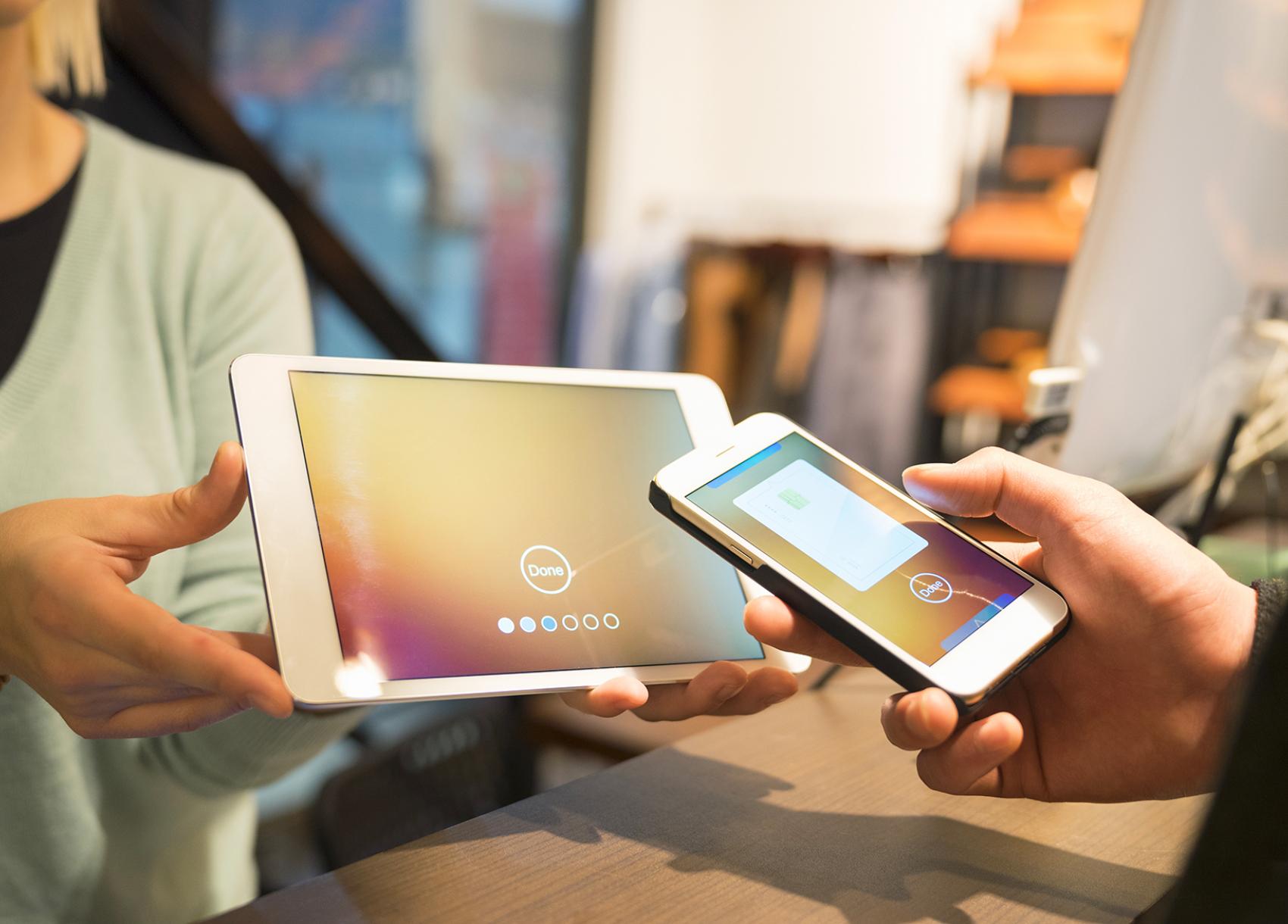The rise of social is just one example among many
According to a 2018 GPS shopper report, 69% of consumers are likely to shop on social media in the coming decade.1 Many companies feel overwhelmed at having to meet evolving expectations of personalization, connectivity, and interaction. The best-in-business are harnessing technology to connect with and understand the new consumer, while those avoiding the shift are swiftly falling behind.
So who is this new connected and complex consumer? The see-it-now, buy-it-now mentality is long gone, replaced by a sophisticated desire to engage in the creative process, transforming the consumer into a trend setter or even a co-creator of the clothing they purchase. Buying decisions now reflect personal convictions, and consumers now want to know the story behind the sweater they’re wearing: where was it made, by whom, and at what cost to society? And let’s not forget convenience: online or in the store, consumers want a seamless experience.
How well companies are able to satisfy this desire for borderless shopping experiences is what separates the best from the rest.
Leading fashion companies are able to understand and predict behavior by gathering and capitalizing on consumer data. It’s all about using the right tools to really understand and respond to new consumers, on their terms. A quick look at the numbers reveals just what a powerful tool technology can be. According to a McKinsey & Company report, thirty-five percent of Amazon purchases are trigged by algorithm-based product recommendations. Data is clearly a strategic advantage when it comes to predicting and meeting new demands.
But it isn’t enough to understand the consumer
Fashion leaders have adapted their supply chain processes to reflect the new paradigm. They incorporate principles of agile retail to capitalize on consumer understanding in order to identify and predict trends. What’s popular on Instagram and Twitter? Is there rain in store this season? What’s the heroine of that popular Netflix series wearing? Direct-to-consumer models filter this information back into the supply chain to inform new designs rapidly, ideally before consumers even realize a trend is in the making!
Designing and marketing products that feel like individual responses to very personal desires is an incredible competitive advantage: it creates the kind of emotional response that incites customers to pay full price and stay loyal to a specific brand. It comes down to using the right tools (such as an apparel plm) to really understand and respond to new consumers, on their terms. The companies that are winning the race to fashion use technology to create holistic fashion experiences that meet new demands for connectedness while achieving complete connectivity across the supply chain. The result: spot-on collections that keep consumer communities alive, engaged, and coming back for more.
Wondering how technology can help you gain ground in the race to the top? Download our free e-guide for lessons from the best in fashion.




